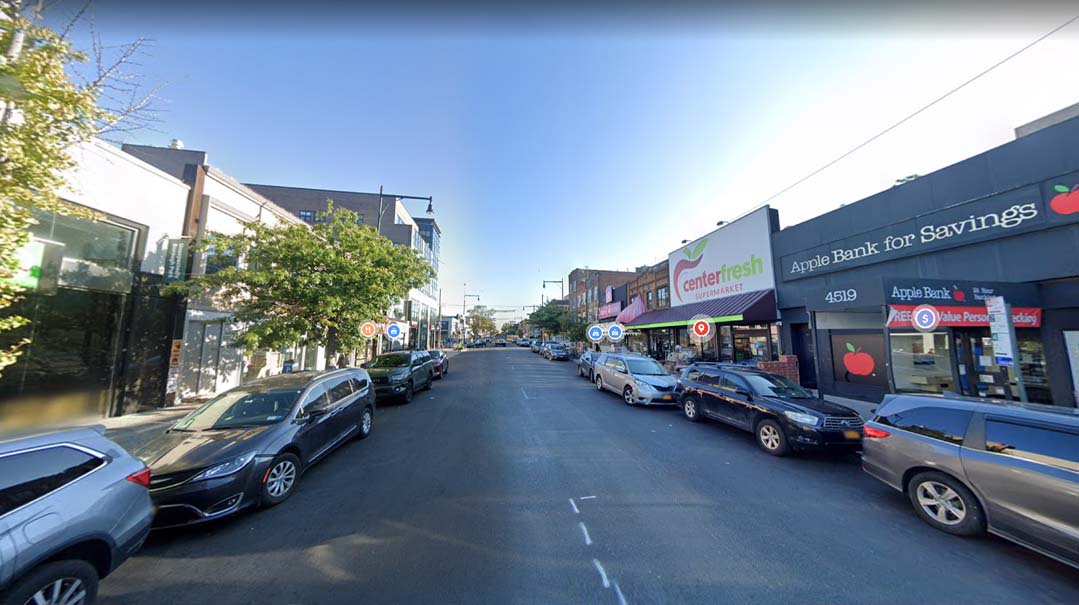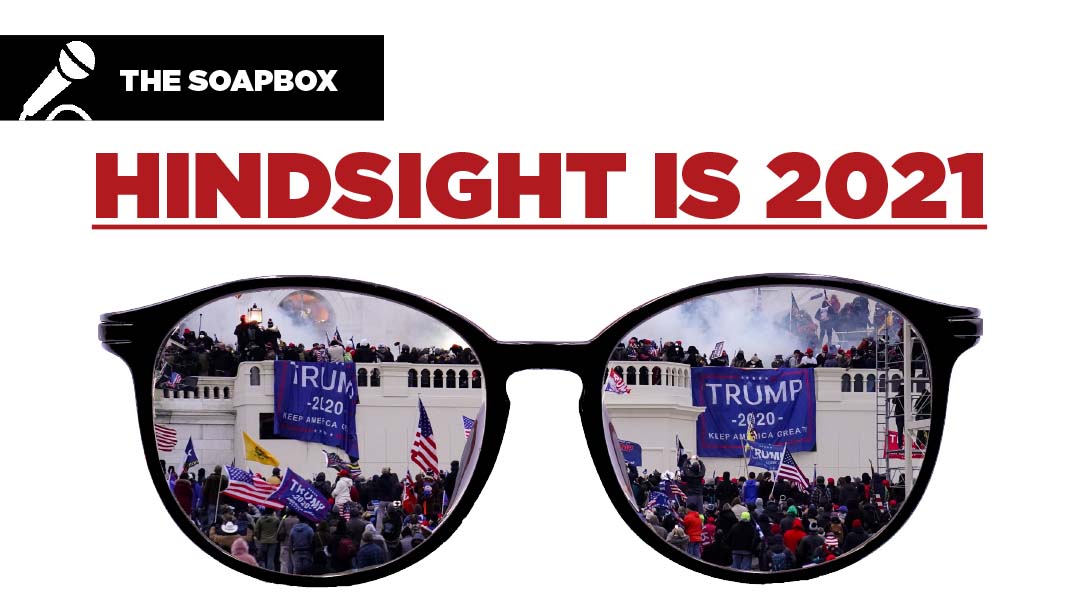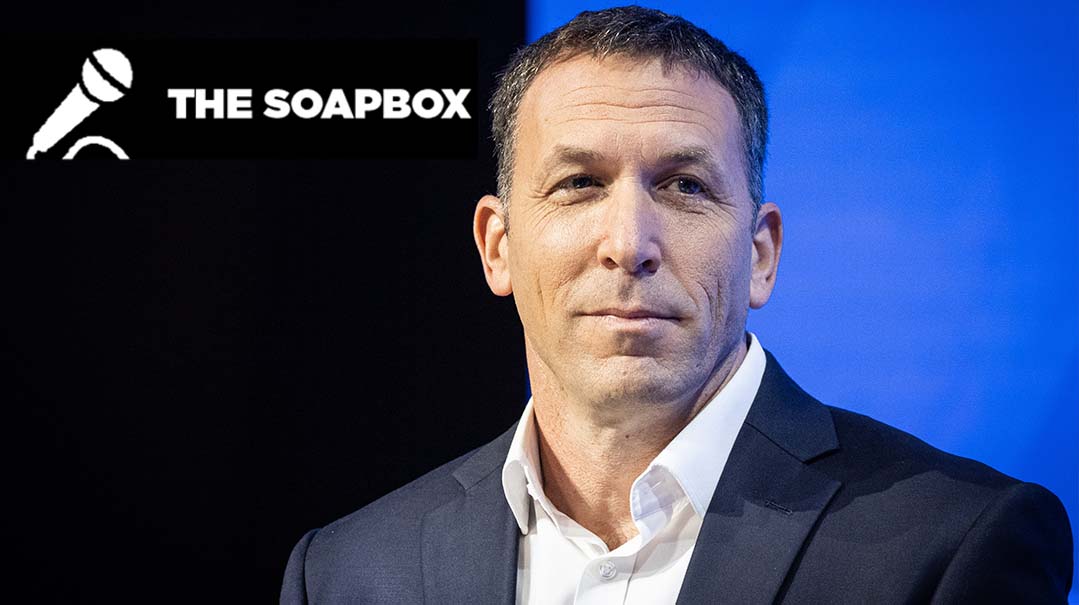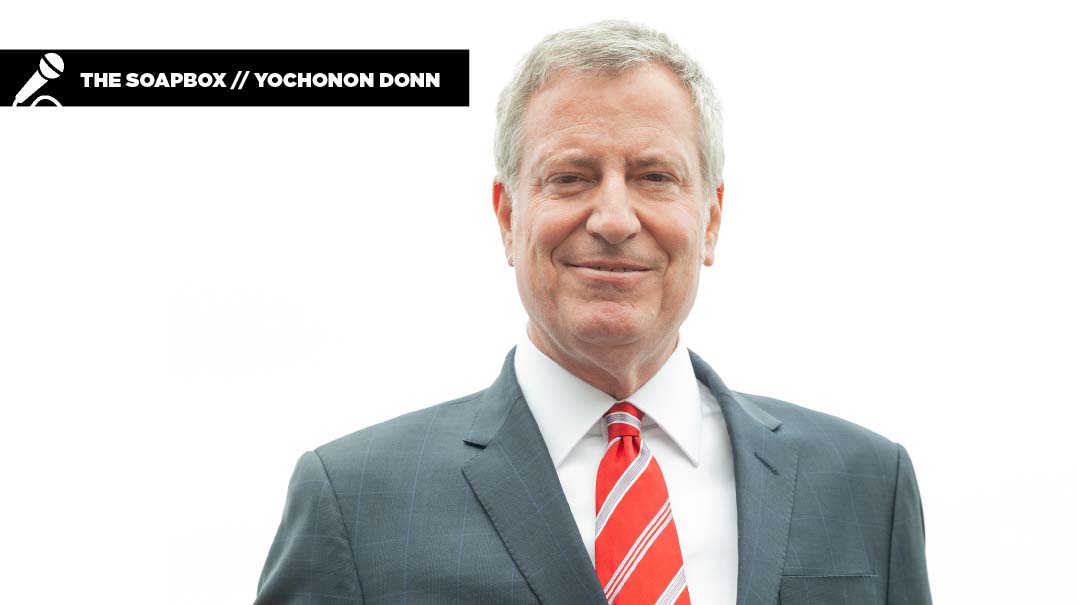Systemic Violence Yes, Systemic Racism No

Looking for systemic racism where it doesn’t exist won’t cure America’s real crisis
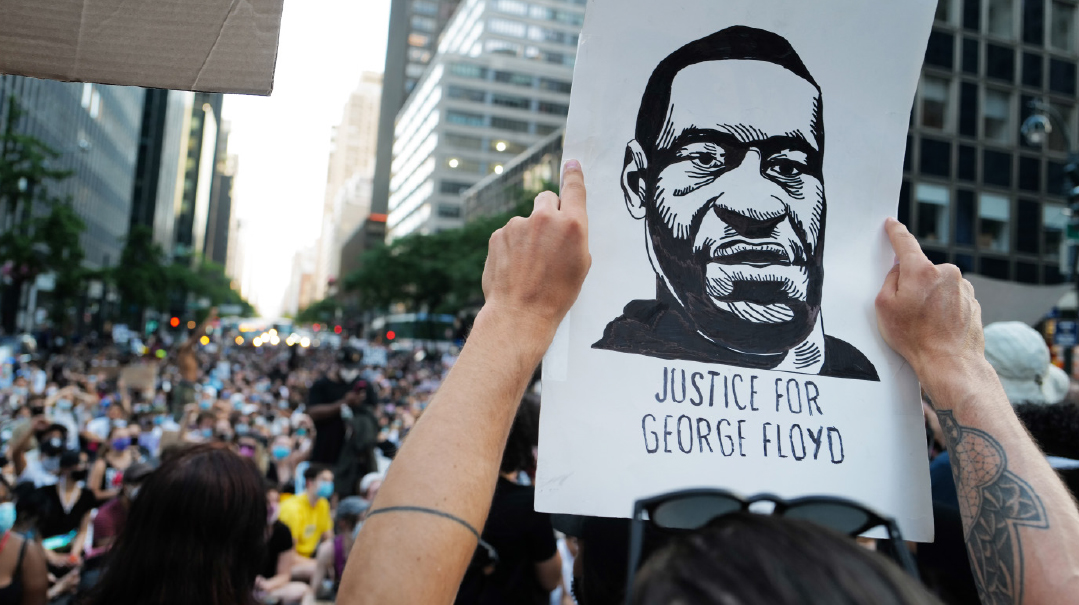
Talk about misreading the moment. When George Floyd’s death last year triggered BLM protests across America, I drew on previous rounds of anti-police demonstrations whose excesses had led to widespread revulsion, and predicted more of the same.
“The images of looting department stores in Manhattan,” I wrote, ignoring the sheer scale of the participation in the protests, “may ensure that the protesters — and their cause — get dismissed as anarchists.”
It was an epic underestimation of the movement’s power. Because instead of triggering a bipartisan backlash, a Democratic president was elected — despite staying largely quiet about the mass law-breaking. The riots moved the needle so much that Biden’s recent stimulus plan gave equal weight to “advancing racial equity” as “investing in America.”
So a year on, as the grisly details of Floyd’s death are daily news at former cop Derek Chauvin’s trial, this is my admission of a fundamental journalistic error: confusing what ought to be with what is.
But what the perspective of a year hasn’t changed is the sense that the explosive charge that America and its law-enforcement systems are fundamentally racist is wrong.
That’s true even after last week’s killing in Minneapolis of another black man, Daunte Wright, in a traffic stop.
As John McWhorter, a (black) linguist and commentator wrote, “cops kill white people just as easily as they kill black people.” The fact that blacks are 2.5 times more likely to be killed than their proportion of the population, he explains, is because they’re also 2.5 times more likely to be poor. “Poverty makes you more likely to encounter the cops.”
In other words, this is not a story of inherently racist police, as much as the tragedy of America’s bloody policing. And it’s not all one-way either: a video that circulated this week showed the danger that American police face in mundane law-enforcement situations, as a man pulled over in New York threw a Molotov cocktail.
Like many things American, BLM was imported to Britain; the shockwave of Floyd’s death in Minneapolis felled statues of old colonials in Britain. Just a few weeks ago came an after-tremor, as the Commission on Race and Ethnic Disparities, an independent review, outraged the left-wing commentariat by saying that family structure and social class had a bigger impact than race on people’s prospects.
Despite experiencing sometimes violent anti-Semitism growing up in Manchester, UK (including being left bleeding for daring to look at the gang I walked past), the report comes as no surprise. Because even as a teenager, when I preferred to wait a long time for a “safe” bus rather than take an earlier one that meant running the gauntlet of the “Jew!” epithets thrown by the local schoolboys, the distinction was clear. Fairly widespread Jew-baiting isn’t the same as systemic anti-Semitism. It’s not perfect, but neither is the country inherently anti-Semitic or racist.
That holds true for America as well, despite the outrage of the George Floyd case. In a country awash with guns, where a simple traffic stop involves a nervous cop and a potentially lethal driver, police-versus-citizen violence is a color-blind epidemic, according to McWhorter. It’s not systemic racism, but systemic violence.
It may not feel that way on the streets of Minneapolis, but that distinction is key. Because looking for systemic racism where it doesn’t exist won’t cure America’s real crisis — the all-too-many routine incidents that end with violence.
(Originally featured in Mishpacha, Issue 857)
Oops! We could not locate your form.








